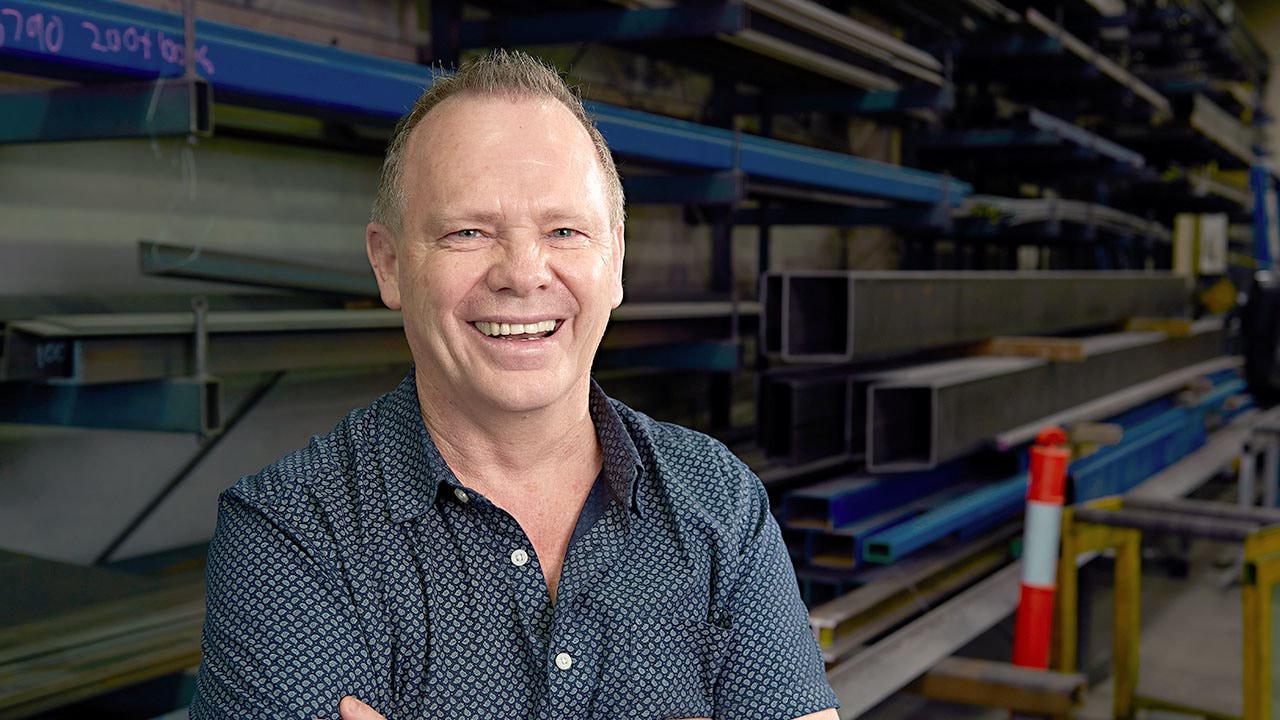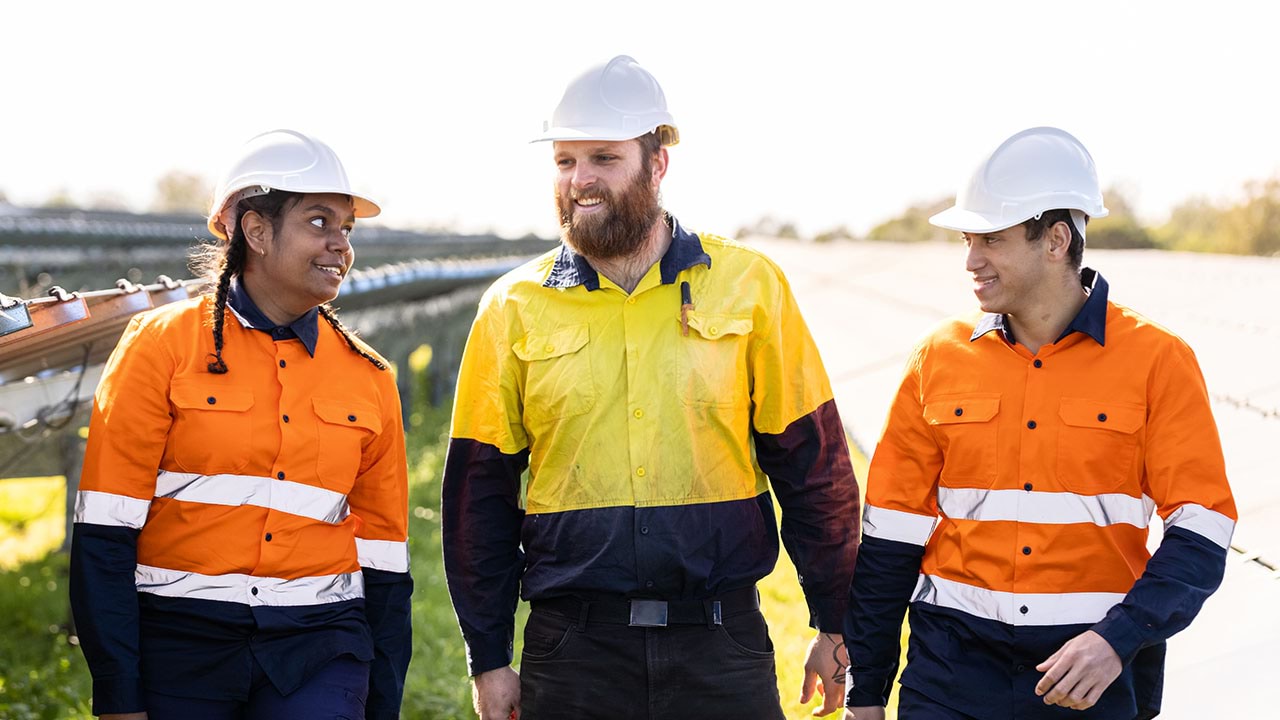Construction project managers oversee building projects. There is a lot of investment in construction projects in Victoria right now. Jobs for managers are on the rise.
Find out what a construction project manager does and the related Vocational Education and Training (VET) courses and pathways you can take to secure a job.
What is a construction project manager?
Construction project managers oversee civil engineering and building projects. As a construction manager, you will:
- manage resources and materials
- work with engineers, architects and tradespeople
- consult with owners and developers
- comply with inspectors and regulators.
Your goal in this role is to deliver your projects on time, on budget and with safety in mind.
Find out more about construction project managers(opens in a new window) and these related jobs on the Victorian Skills Gateway(opens in a new window):
Related training courses
Explore these related TAFE and training courses on the Victorian Skills Gateway(opens in a new window):
- building construction and improvement(opens in a new window)
- civil construction(opens in a new window)
- construction management(opens in a new window)
- home energy efficiency and sustainability(opens in a new window)
- working safely in the solar industry(opens in a new window).
You may be eligible for government funding to help pay for your course.
Median salary
The median weekly earnings for construction managers in Australia is $3,691.
Source: Jobs and Skills Australia(opens in a new window)
Note this salary is current as of January 2025 and is indicative only. A range of salaries apply to different roles across the industry.
Job demand in Victoria
Below are the employment projections for construction manager jobs in Victoria. Figures show the number of workers in 2024 and the new workers expected to enter the workforce by 2027 and 2034.
‘New workers expected’ accounts for workers adding new jobs to the economy and replacing retirees over the next 3 and 10 years. These projections are estimates only. There will be additional jobs available as people move between jobs and industries.
| Region | Workers 2024 | New workers expected by 2027 | New workers expected by 2034 |
|---|---|---|---|
| Victoria | 36,933 | 8,724 | 19,801 |
| Melbourne – inner metropolitan | 7,202 | 1,750 | 4,124 |
| Melbourne – inner south-east metropolitan | 2,780 | 610 | 1,318 |
| Melbourne – southern metropolitan | 5,849 | 1,305 | 2,934 |
| Melbourne – northern metropolitan | 4,378 | 1,087 | 2,649 |
| Melbourne – eastern metropolitan | 4,887 | 1,054 | 2,351 |
| Melbourne – western metropolitan | 3,906 | 1,060 | 2,610 |
| Ballarat and surrounds (Central Highlands) | 889 | 204 | 452 |
| Bendigo, Echuca and surrounds (Loddon Campaspe) | 1,211 | 281 | 587 |
| Geelong, Colac and surrounds (Barwon) | 1,965 | 487 | 1,104 |
| Gippsland | 1,385 | 294 | 633 |
| Horsham and surrounds (Wimmera Southern Mallee) | 245 | 63 | 98 |
| Mildura, Swan Hill and surrounds (Mallee) | 469 | 122 | 186 |
| Shepparton, Seymour and surrounds (Goulburn) | 633 | 136 | 265 |
| Wangaratta, Wodonga and surrounds (Ovens Murray) | 645 | 126 | 278 |
| Warrnambool, Hamilton and surrounds (Great South Coast) | 489 | 145 | 211 |
Source: Victorian Skills Authority Employment Projections Dashboard
Career story

Career gold mine: Greg’s tips to master a metal trade
“There’s a real shortage of skilled trades across the board. We’re looking for people who are mechanically minded. Manufacturing is an evolving industry, you can really be whatever you want to be.”
Resources to plan your next steps
Visit our construction industry profile to find out about:
- what it’s like to work in construction, and some of the jobs you could do
- training and skills to work in the industry, and financial assistance to help pay for your course
- help getting a job in construction, and industry job projections for Victoria
- other free resources and advice to plan your training and career.
Explore growing industries in your region
Updated



